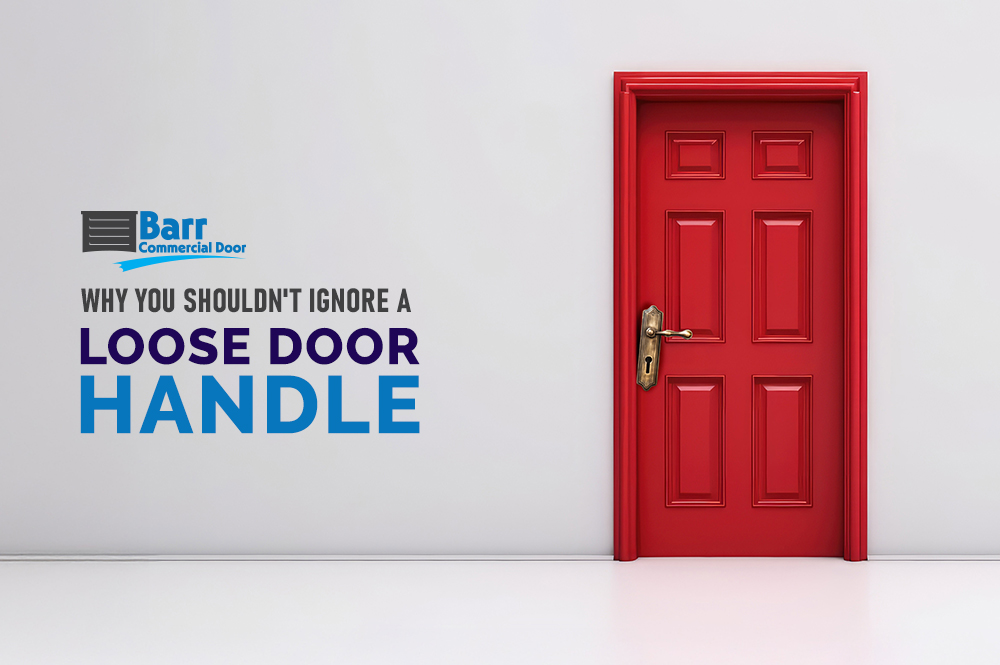Overview: Need doors for your healthcare facility? Discover whether automatic or low energy doors are better for summer performance, patient safety, and ADA compliance. Read on!
When it comes to healthcare environments — where sanitation, safety, and accessibility are non-negotiable — the choice of entry door can significantly affect both patient experience and operational efficiency. With summer foot traffic increasing and infection control remaining a priority, facility managers face an important question: Should you install automatic doors or low-energy doors?
Let’s explore how each option performs in medical settings and which might be the better fit for your healthcare facility this summer.
Understanding the Difference
Automatic Doors: These operate without physical contact, using motion sensors or touchless activators. Common in hospital entrances, they provide quick, seamless access.
Low Energy Doors: These power-assisted swing doors open slowly after someone pushes a button or uses a sensor. They are compliant with ADA standards but allow manual control when needed.
Why This Matters in Healthcare Settings
Healthcare environments — from hospitals and urgent care centers to dental clinics and rehabilitation facilities — require thoughtful door solutions for several reasons:
Infection Control: Minimizing touchpoints is crucial, especially during flu season or heat-related health surges.
ADA Compliance: Medical buildings must accommodate patients with mobility challenges.
Climate Control: Summer heat in Southern California can push HVAC systems to the limit — doors that help maintain interior temperatures reduce energy costs.
Traffic Management: High-volume entryways need to facilitate quick, safe access for staff, patients, and visitors.
Benefits of Automatic Doors in Healthcare
Touch-Free Operation: Reduces germ transmission, a key concern in clinics and hospitals.
Improved Traffic Flow: Supports smooth, constant movement—especially critical in emergency departments or main entrances.
Energy Efficiency: Many automatic doors include sealing systems to limit air exchange, supporting indoor climate stability.
Patient-Centered Design: Ideal for wheelchairs, stretchers, and elderly patients who may have limited mobility.
>> Related Reading: 5 Reasons Automatic Doors Are Essential Within Hospitals & Healthcare Facilities
When Low Energy Doors Make Sense
While automatic doors are often the default for main entrances, low-energy doors offer flexibility in areas with lighter traffic:
Interior Access Points: Exam rooms, staff break-rooms, or restroom entries benefit from cost-effective, ADA-compliant doors.
Budget-Conscious Upgrades: Facilities looking to meet code without major renovation costs may find low energy doors a practical option.
Controlled Use Areas: Where access needs to be semi-regulated (e.g., supply rooms), low energy doors balance automation with manual use.
Which Should You Choose This Summer?
-
Choose automatic doors for main entrances, lobbies, emergency access, and any area with high traffic or hygiene concerns.
-
Choose low energy doors for secondary doors, interior zones, and areas where partial automation is sufficient.
Partner with Barr Commercial Door for a Safer Summer
At Barr Commercial Door, we understand the unique demands of healthcare facilities. Whether you’re upgrading a hospital entrance or outfitting a new urgent care clinic, our technicians ensure safe, compliant, and climate-conscious door installations tailored to summer’s challenges.
Let’s keep your facility secure, efficient, and accessible — starting with the right doors!


